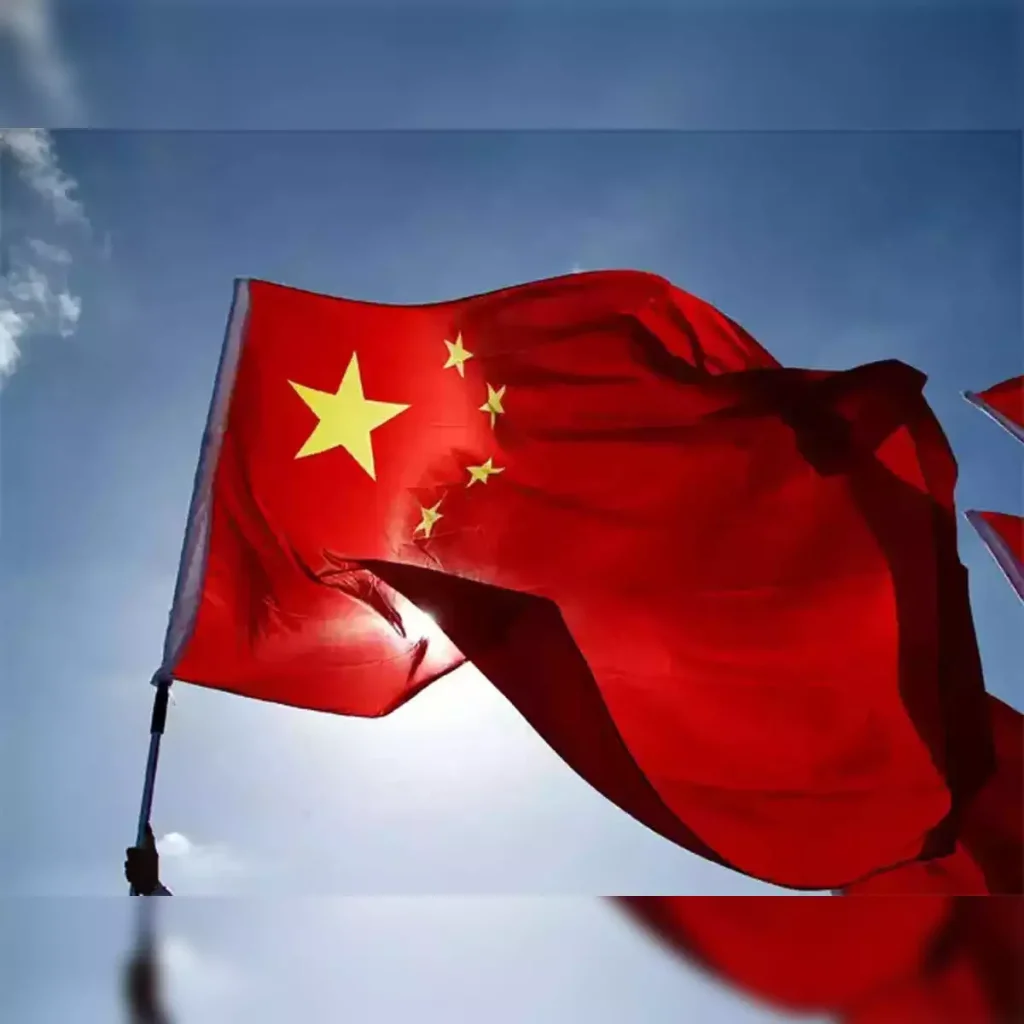According to official data released Friday, China’s economy expanded more than anticipated in the final three months of 2024 as it prepares for the impending implementation of new tariffs by US President-elect Donald Trump, who assumes office next week.
Exports provided a significant portion of the growth impetus, pushing the nation’s trade surplus to a record high of just under $1 trillion last year.
Trump, however, is sure to be dissatisfied with that strength because he has stated that China will be subject to 10% higher tariffs on its imports than the current ones unless it stops the flow of illegal narcotics into the US.
During the campaign trail, he had promised to impose a 60% tariff on all Chinese imports into the United States.

According to separate data from the National Bureau of Statistics (NBS), China, which is dealing with demographic and economic issues, also had an unexpected jump in the birth rate last year, reversing a trend of reductions that accelerated starting in 2017. For the third year, however, the population as a whole kept declining.
The gross domestic product (GDP) of the nation increased by 5.4% in the fourth quarter. That is an increase from the 4.6% pace reported in the third quarter and significantly greater than the 5.0% prediction made by a panel of economists surveyed by Reuters.
Overall, growth for the year was 5.0%, which was somewhat better than the Reuters poll’s forecast of 4.9%.
Although there are still issues, Goldman Sachs analysts stated that last month’s industrial production figures and the quarterly growth data “meaningfully” exceeded expectations.
As the growth drag from probable increased US tariffs may more than offset the current policy easing despite the prolonged property downturn and still-weak consumer mood, they predict that growth will drop to 4.5% this year, according to a research note they published.
After the Chinese leadership ultimately agreed to move forward with a much-needed stimulus package, primarily monetary measures, in the final week of September, economic momentum did build up in the final months of 2024.
Since then, policymakers have taken several additional actions to spur growth, such as lowering loan rates, expanding a “cash for clunkers” programme for household items like rice cookers, and providing local governments with a 10 trillion yuan ($1.4 trillion) debt package.
According to investment bank Barclays, the country’s massive consumer base has been sitting on the sidelines after suffering a massive loss of wealth from the ongoing housing slump, amounting to an estimated $18 trillion. Many experts believe that much more work needs to be done to light a fire under this population.
Indeed, some think that Trump’s impending return and his potentially exorbitant tariffs might be just what is required to shock the Chinese leadership into acting more.
In a research note released on Wednesday, Larry Hu, chief China economist at Macquarie Group, stated that Beijing has demonstrated that “they will do whatever it takes to offset the impact of tariffs.” “High tariffs improve domestic demand by providing a strong stimulus.”


